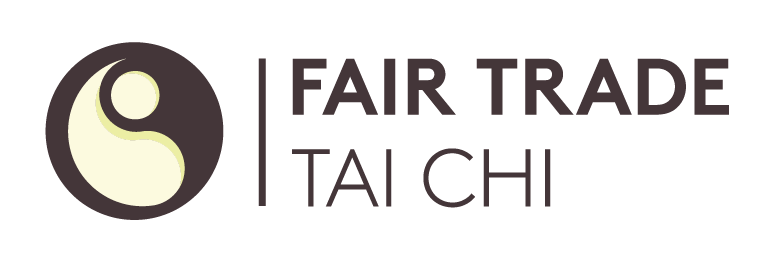by Stephen J. Goodson
May 2, 2005
Ten years ago I presented the biomechanical explanation of Unbendable Arm, an Aikido demonstration of Ki. In that article I explained how the extra strength comes from "extending" the arm, using the triceps.
That article only touched on the mechanics of the trick and did not delve into any other aspects of the Unbendable Arm demo. I would like to focus a few paragraphs on that topic now.
In the Unbendable Arm's demo the external, physical posture is the same whether the results are successful or not. The difference in the “passed” or “failed” trials is the mental understanding of the work to be done, the "Internal Posture", if I may. What I mean is that in the 'failed' trial the Internal Posture is one of tensing the big-bellied muscles of the arm (mainly the biceps) and then trying to stop our partner from bending our arm. In the “passed” trail the Internal Posture is one of extending our arm (accomplished by using our triceps) to stop our partner from bending our arm. Since the biceps are used to bend the arm and the triceps are used to extend the arm, the results are inevitable.
But notice, the External Posture is exactly the same in both trials — standing upright with our arm held out to our side. The only difference is an understanding of the work to be done, and doing it. And that determines our success or failure. We either use the correct muscles necessary for the work required, or we do not. Pass or Fail.
This “understanding the work to be done” this “Internal Posture” is the real key here. The “soft arts” by their vary nature are based on obscured External Postures with counter-intuitive Internal Postures. A Martial Art's External Postures (its forms) can be picked up without the student ever learning the Internal Postures, without ever understanding what the postures are supposed to be doing (the function). It is know as, “getting only the externals of an internal art!”
Unbendable Arm's real lesson is difficult to discover and comprehend. It is a secret hidden in plain sight.
